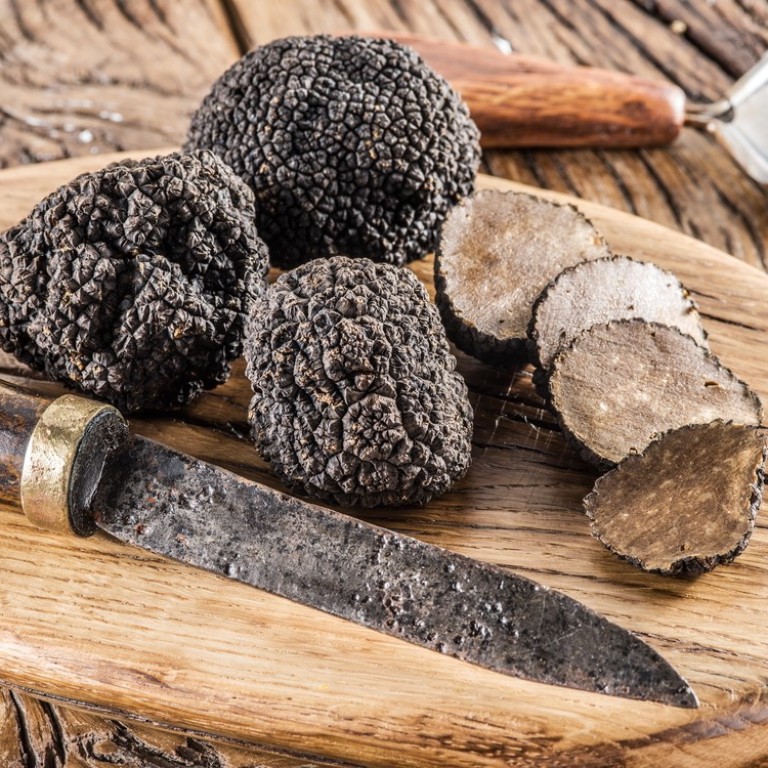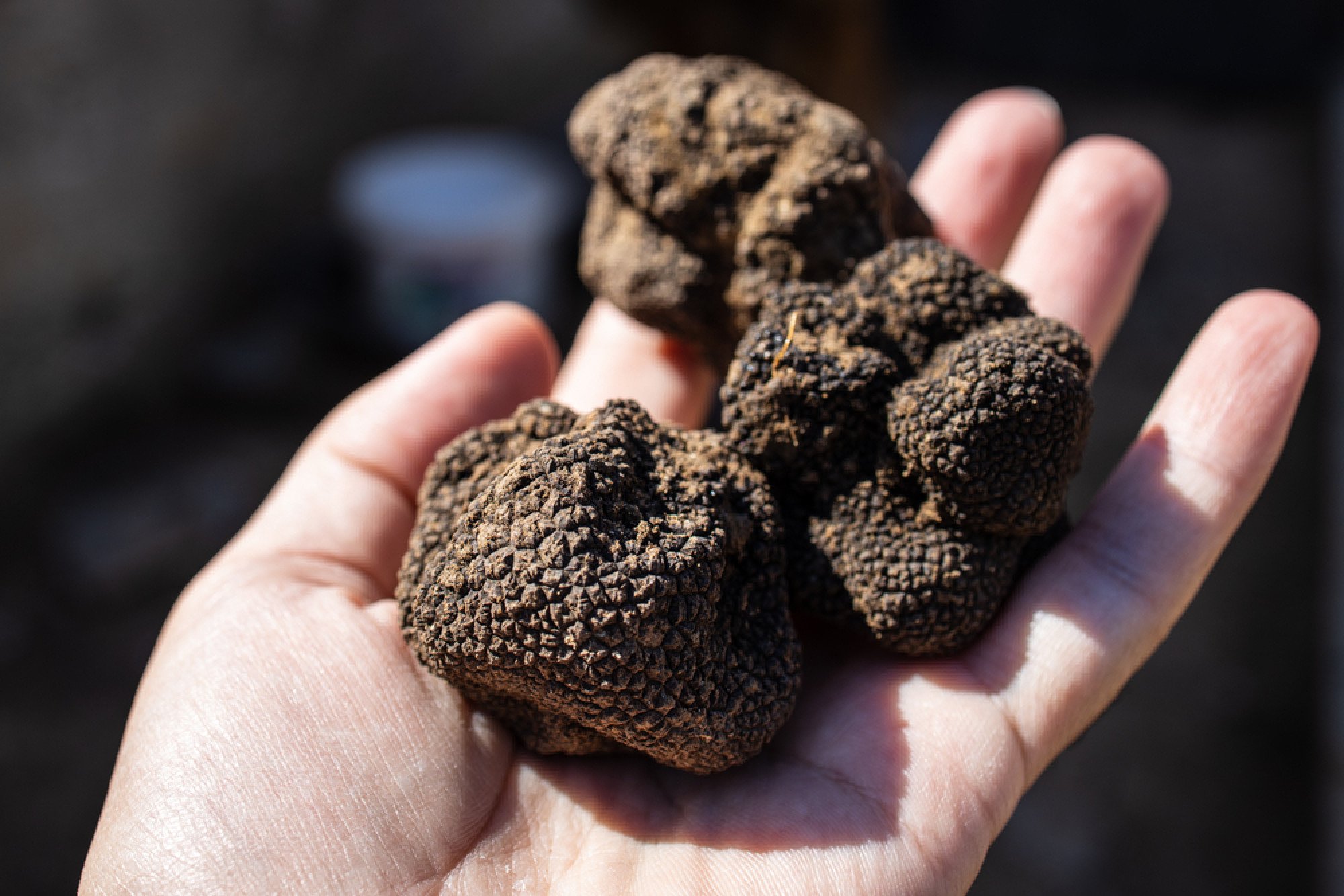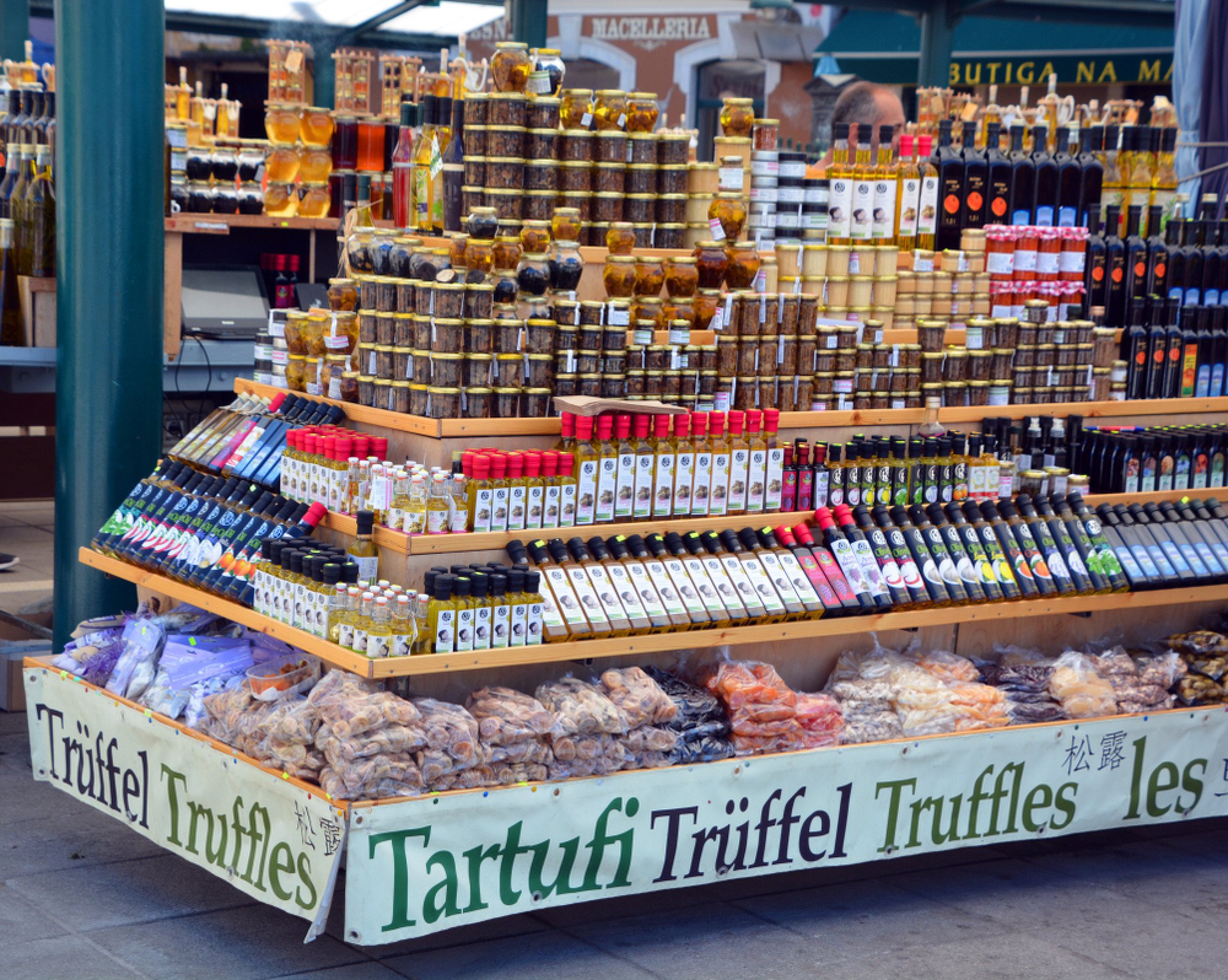
Explainer | What are truffles, why are they so expensive, and are black or white the best? The pungent fungi are only found in a few lucky countries
- Truffles grow in very specific conditions and they’re hard to come by, which makes them a pricey ingredient reserved for luxurious dishes and special occasions
- In Ancient Greece and Rome, they were believed to have mythical healing properties; chefs recommend adding them to scrambled eggs, pizza or pasta
You’ll be hard-pressed to find an ingredient that excites gastronomes like truffles. They are acclaimed as diamonds in the culinary world and just a few shavings gives a dish a luxurious upgrade.
But the more you learn about truffles, the easier it is to appreciate them – even if their earthy, pungent flavour isn’t exactly your thing.

What are truffles?
Truffle hunting in Italy and where to eat them in Hong Kong
Today, truffles can be found in temperate climates, including regions of Italy, France, Australia and the United States.
Truffles vary in appearance depending on the species. Some have a smoother surface and solid interior, while others have a bumpy texture and marbled interior, and they range in colour from ivory to rich burgundy and muted black.

The region where the truffle is harvested plays a major role in the taste. But one thing is clear: truffles are rich in umami, and they taste as they smell. Truffles can be described as earthy, musky, oaky and nutty.
Note: truffles and mushrooms are both classified as edible fungi. However, they grow in different places and require different conditions to thrive.
Types of truffles
Edible truffles are typically categorised by their colour and their growing season. The most prevalent truffles include black, white and burgundy.

Black truffle (Tuber melanosporum): Also known as Perigord truffles or French black truffles, black truffles are popular because they’re more common (and therefore less pricey) and have a less pungent flavour than other truffles.
Growing mainly in France, Italy and Spain, a typical black truffle looks similar to a solidified clump of soil. It’s flavour profile can be described as woody, musky and even chocolatey. Bonnie Shuman, executive chef at Weavers Way in Philadelphia in the US, says the buttery nuance of a black truffle pairs well with beef and game meats, as well as creamy roasted vegetable risottos.
White truffle (Tuber magnatum pico): Contrary to their name, white truffles have a pale, yellowish exterior – reminiscent to a rough-skinned, lumpy new potato. Most white truffles are found in Alba, a town in Italy’s Piedmont region, and they tend to be more expensive.
Chef Jason Smith says white truffles are known for a pungent flavour and aroma that’s often compared to shallots. The garlicky flavour of white truffles is well-suited to pasta, salads, potatoes, fish and flatbreads – or Shuman’s favourite, shaved over poached or scrambled eggs.
Where to eat seasonal white truffle in Hong Kong – our pick of the best
Burgundy truffle (Tuber aestivum): These are also known as autumn truffles due to their harvesting months, and they’re usually less pricey than their white and black counterparts due to their lighter taste. Burgundy truffles mainly grow in France and Italy, and are characterised by their unmistakable reddish dark brown colour.
The distinctive but delicate taste of burgundy truffles is often described as a fusion of mushrooms and hazelnuts. Because of their softer flavour, they are well-suited to a wide variety of dishes, from polenta to poultry and game meats.
Why are truffles so expensive?
Truffles are delicacies that come with a hefty price tag. Prices for fresh truffles can range anywhere from US$5 to US$300 per ounce throughout the year, depending on the type and availability.
Truffles are costly because they are highly seasonal and notoriously difficult to grow, requiring very specific habitat – habitats that are currently being affected by climate change. On top of that, they take years to cultivate and also have a very short shelf life.
Why do wealthy Chinese love Italy’s white truffles?
How truffles are used
The way you can use truffles depends largely on which kind you can get. The good news is the easiest way to incorporate fresh truffles to any dish is by using them raw. According to Smith, a few classic ways to use fresh truffles is to shave them over pasta, pizza or risotto.
Black and burgundy truffles can last for one to two weeks if properly stored, while white truffles should be enjoyed within five days. To preserve their delicate flavour and aroma, Smith advises wrapping them in a paper towel, placing them inside a jar with a lid and storing them in the coolest part of your fridge. Since moisture is a truffle’s enemy, it’s a good idea to change the paper towel daily to keep it dry.

What about truffle-based products?
If you’re not willing to splurge on fresh truffles, there’s also truffle oil. But a word of warning: the vast majority of truffle oils sold today are not made from real truffles. The main ingredient of these imitation oils is a chemical (2,4-Dithiapentane) designed to mimic the aroma and flavour of truffles.
Quality truffle oil can be found at the same speciality shops that sell fresh truffles, and they can be used to elevate sauces, spreads and dips. Always check to make sure truffles are listed in the first few ingredients, and keep in mind that a little truffle oil goes a long way, says Shuman.

